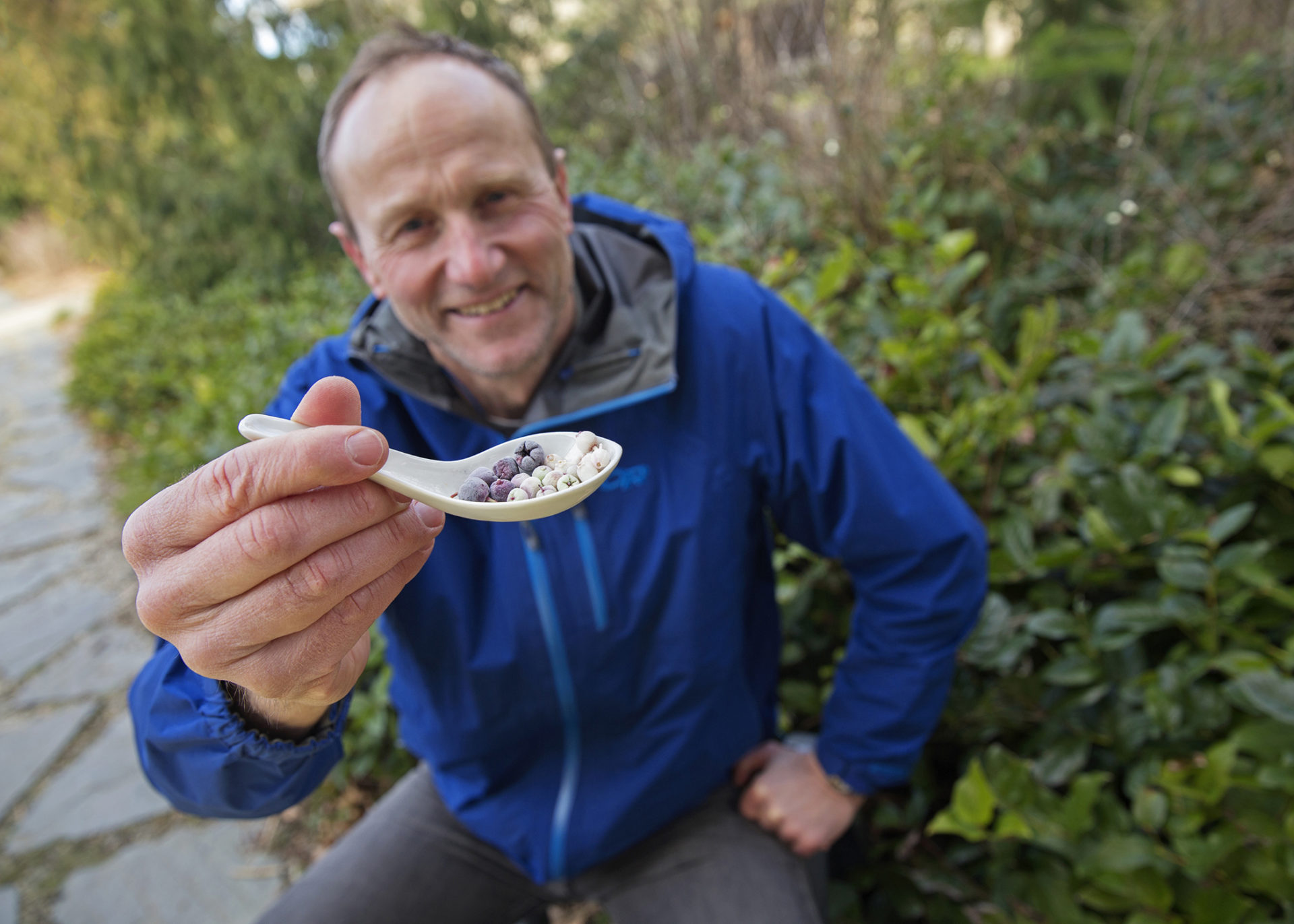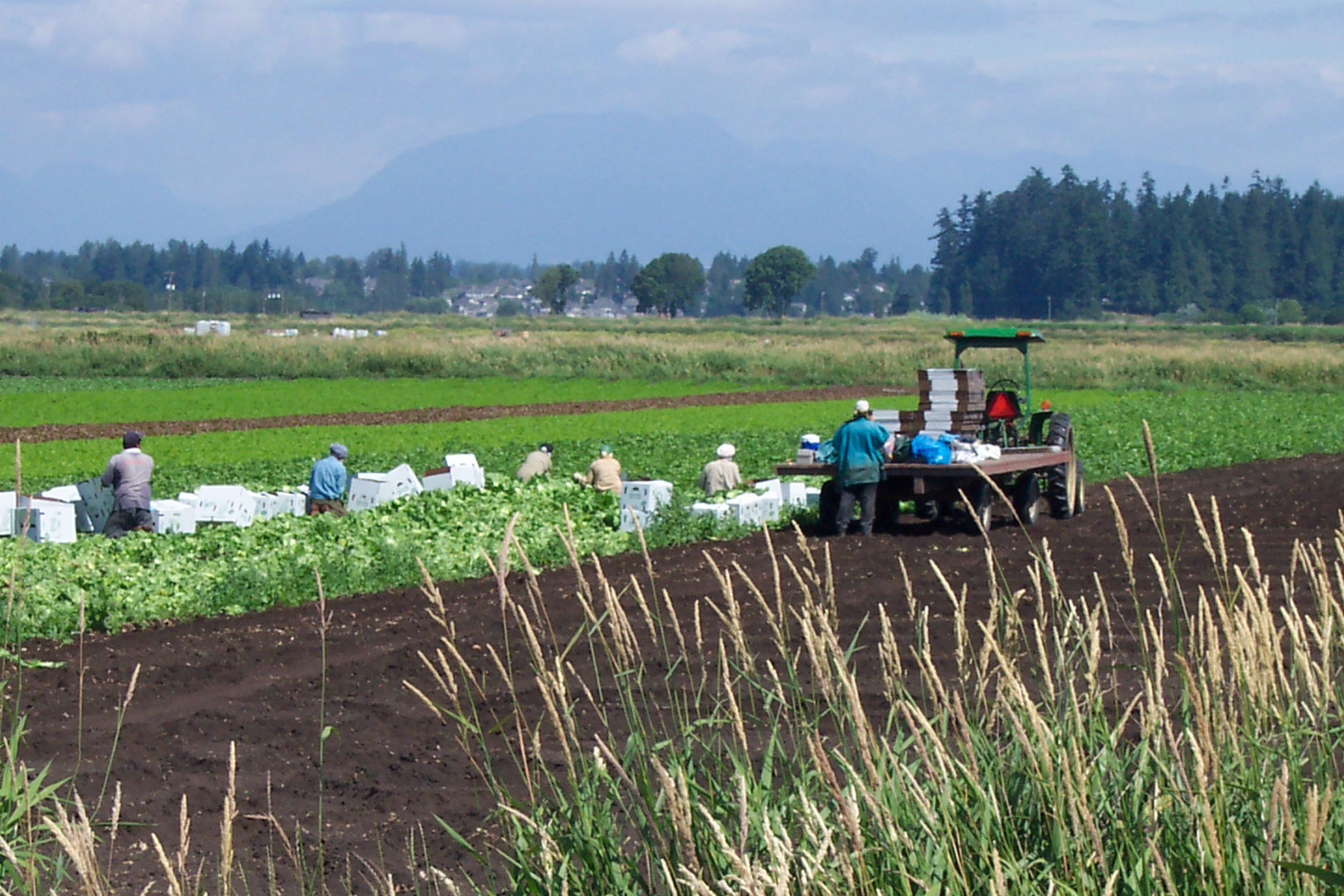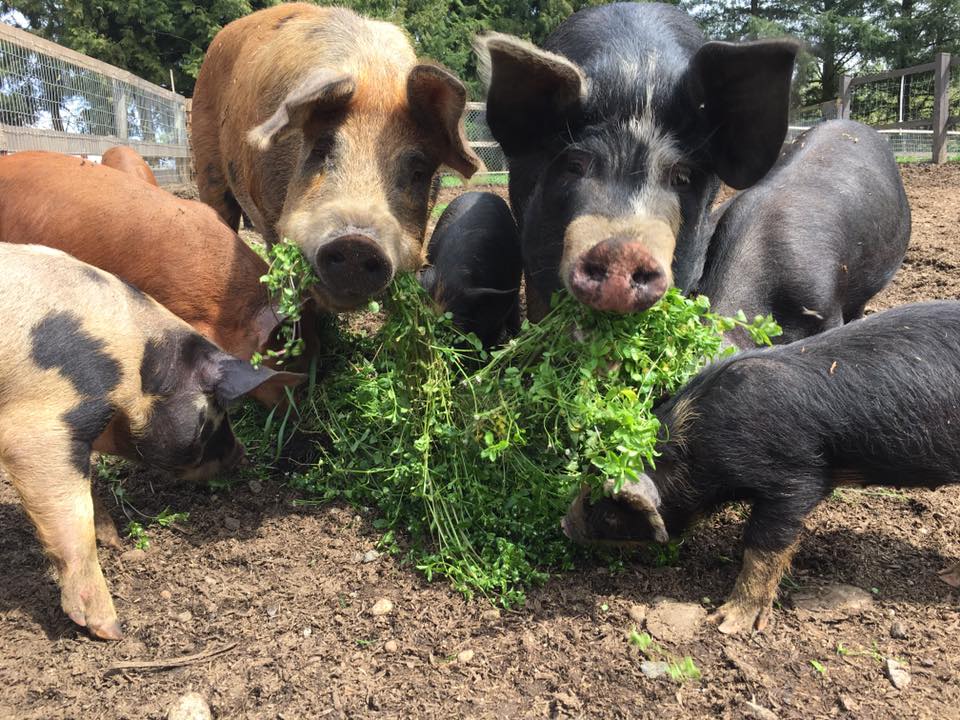Sometimes, some of the best health foods are right in front of you – or perhaps swirling in a glass-filled gift from a buddie.
“A friend gave me a bottle of dessert wine that included some salal juice as a present,” says professor Peter Constabel, director of the Centre for Forest Biology, University of Victoria. “I had done previous work on blueberries [and] salal is in the same plant family as blueberry. The fruit had been used extensively by First Nations, so I thought it could be an interesting species to study further.”
As it turned out, it was very interesting. The wild berry of the coastal areas of the Pacific Northwest is rich in health-promoting chemical compounds that include tannins and anthocyanins. The compounds give the berry an edge as an antioxidant superstar with benefits that could perhaps reduce the risks of cancer, cardiovascular and neurodegenerative diseases, as well as boosting anti-inflammatory benefits.
“I was surprised, though not entirely, since salal foliage is known to be high in tannins,” says Constabel. “It’s hard to say which one [when compared to blueberry] is superior. However, our side-by-side lab tests showed that salal has several times more tannin than blueberry and a diet rich in tannin is associated with reduced risk of several diseases, including cardiovascular disease. On the other hand, blueberry is also rich in a variety of compounds.”
In addition, salal berries contain anthocyanins which are the red and purplish pigments found in many fruits including blueberries.
“The anthocyanins may also contribute to the beneficial effects of fruits and berries although I think that tannins are more effective as health-promoting plant chemicals,” he says. “Much depends on how the body absorbs and/or modifies these compounds and this is not always well understood. Salal also has significant levels of a specific tannin similar to that found in cranberry that is helpful against urinary tract infection so that is quite interesting.”
Five years ago, Constabel became the first in the world to show, at the molecular level, how blueberries ripen and produce the antioxidant flavonoids for which they are celebrated. His research team, along with collaborators in Finland and Italy, then focused on salal berries, measuring more than 50 phytochemical compounds during the fruit’s development. They discovered that salal flavonoid concentrations are the highest among common berries with the exception of highbush cranberry, a wild honeysuckle relative. Tannins proved to be up to five times higher than in blueberries while anthocyanins came in about 1.5 times higher.
Northwest native
The purple-black salal berries grow on shrubs native to the Pacific Northwest. The plants have leathery leaves and can grow up to three metres tall. The spring flowers are tiny white bells and the small dark berries are slightly hairy. First Nations people valued them fresh, dipped in oolichan grease, dried into cakes and fruit leather as winter food, or used them to thicken salmon eggs. Today, salal berries can make great jams and preserves.
The obvious next question is whether they can be grown commercially.
“I think locally and in previously forested sites, some people are already growing salal for berries as a non-traditional forest product,” says Constabel. “Quite a few people pick it wild for their own use. It seems to do well as an urban landscape plant, so it’s not difficult to grow. In sunny sites with irrigation, I believe [it] can produce lots of fruit. However, salal doesn’t produce berries all at once but spread over the season, so this makes it more difficult to harvest in a commercial context. The farmed blueberries that we see in BC are all commercial varieties, unlike salal, which is basically a wild shrub. So, agronomic varieties do not really exist at this point.”
But that, of course, could change given the will of berry farmers not to mention the enthusiasm and support of consumers. Constabel says that there has been an amazing response from the public. Many people know the plant as a landscape feature but had no idea of the value of its edible berries.
The research on salal berries was published in the March issue of Phytochemistry, the international journal of plant chemistry, plant biochemistry and molecular biology and the study was funded by the Natural Sciences and Engineering Research Council.
Constabel is planning further studies on salal, focusing on the function of the berry’s tannins as a defense against fungi. Salal are unusual in that they remain on the plant all winter without getting moldy and a hypothesis is that the high concentrations of tannins protect the berries against fungal attacks.


 Labour trouble
Labour trouble